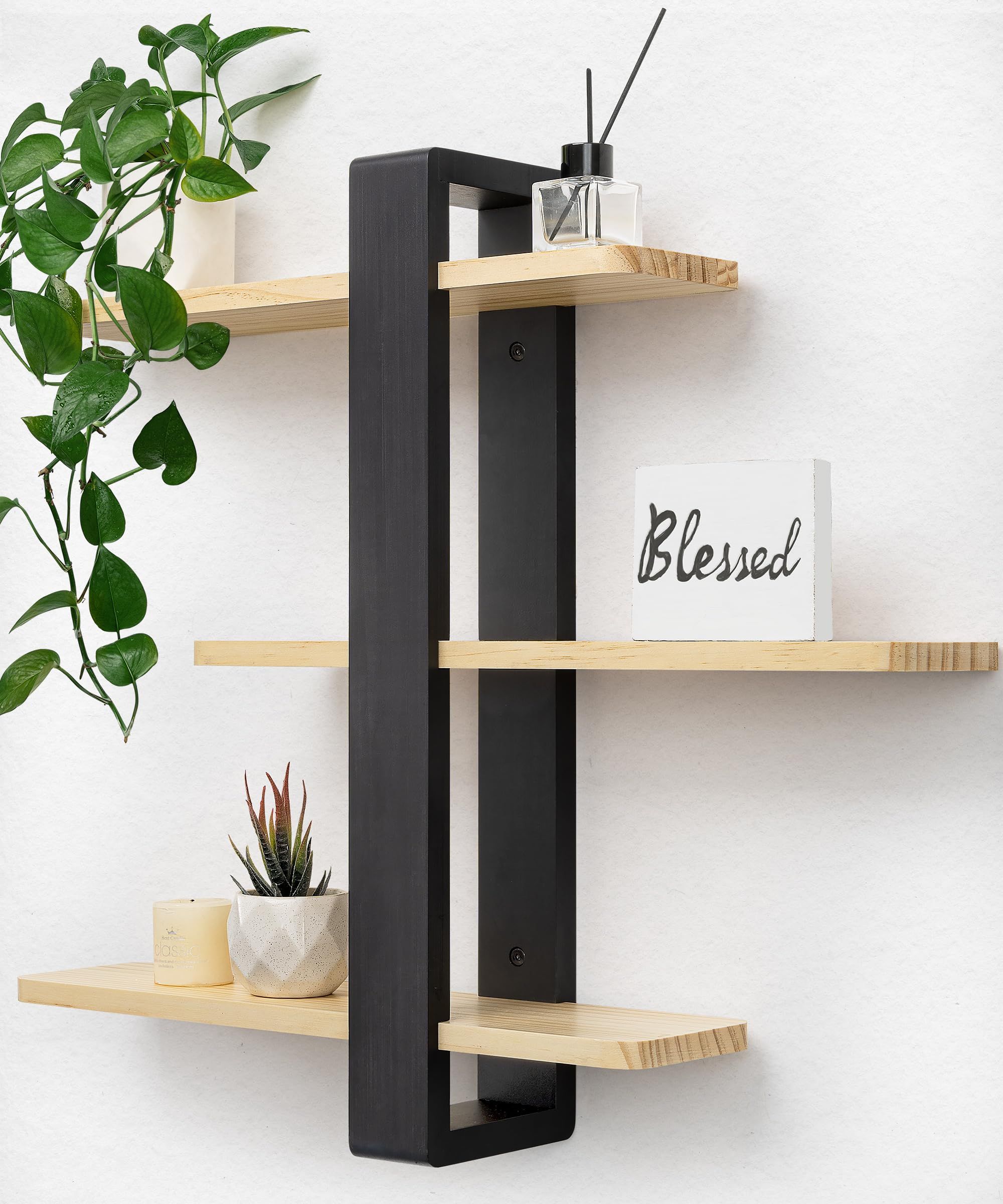Circle Birmingham - drone video
• divergent thinking.
Or, you can download and read our e-book on Platforms.Earlier this year, the government announced that they would spend £2.7 billion on building hospitals.That’s a large amount of money, and very welcome.

But we could make the money spent on hospital design and construction go further – about 30% further, in fact.. Our most recent major healthcare architecture project opened at the beginning of September 2020 in Edgbaston, UK.Circle Rehabilitation is a beautiful building, with some spectacular architectural and engineering features, as well as being a cutting-edge, best-in-class hospital with five operating theatres, ten first stage recovery beds, 20 second stage recovery beds, 20 hospital bedrooms and 120 bedrooms for rehabilitation patients.It has a comprehensive imaging department and a large physiotherapy capacity for elective care and rehabilitation services.. And yet it cost 30% less to build than comparable hospitals.. Design to Value - an integrated approach to architecture and construction.

Bryden Wood’s approach is always to apply our integrated design expertise to analyse projects exhaustively, and make sure that we deliver the solution that adds the most value.We question everything, and take nothing for granted, in line with our Design to Value approach.. Design to Value is well understood and applied in the manufacturing industries.

It leads to objective analysis of every aspect of a process, every element of resource requirement, energy consumption, knowledge, and cost.
It leads to testing of the value parameters each of these elements is being measured against.We do not have the levels of informed, accessible, public engagement with planning that would benefit the process and the built environment.
Digitisation would open up new ways to engage the wider public at all stages of the planning process..The increasing digitisation of relevant information and data, and our ability to import that data into the planning process in meaningful ways will further help engagement.
Well constructed visual representations make raw data accessible to a wide audience.This will allow people to consider individual planning applications in broader contexts – of sustainability or social mobility, say – or understand the trade-offs and implications inherent in making changes to part of a development.
